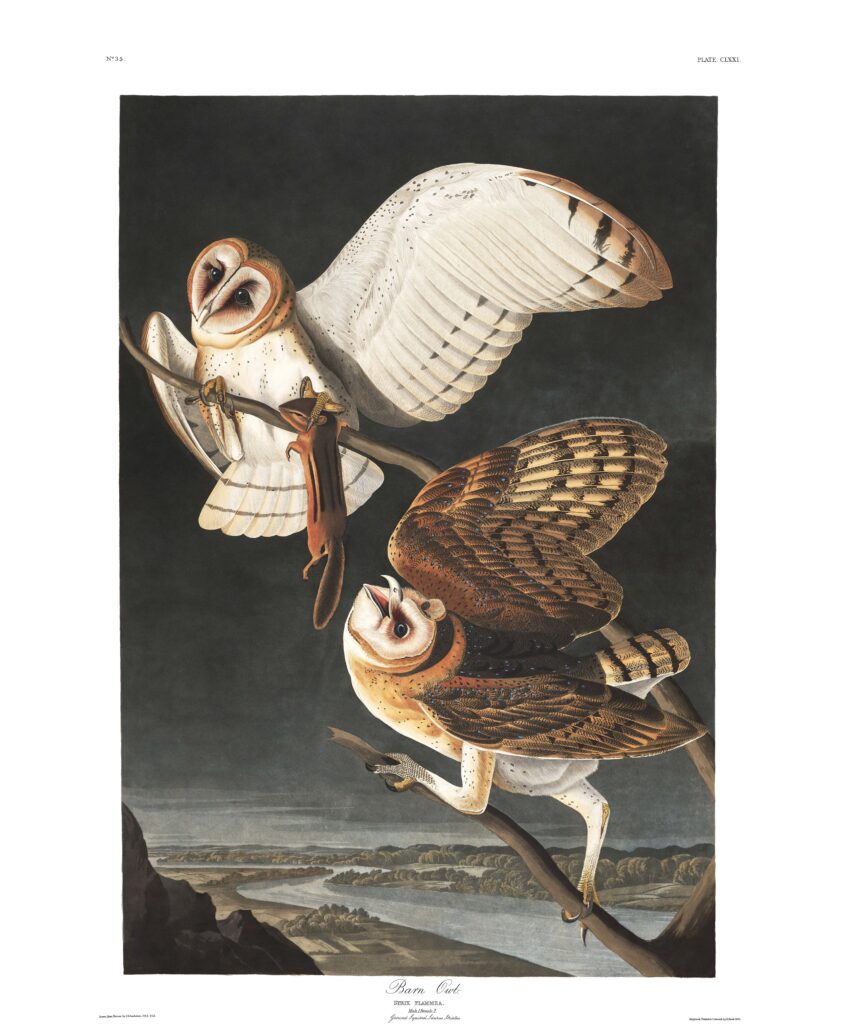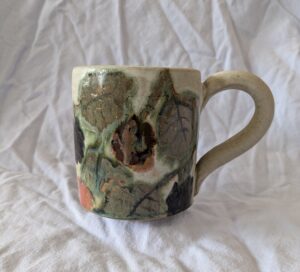Hello, readers of Edinburgh Research Data Blog!
Last month I joined the University’s Research Data Service team as a Research Data Support Assistant, and I’m excited to be back at the University after three long years working as a data scientist at tech start-ups.

Me with a bag of churros in the Montjuïc, Barcelona, where I spent a few months in the winter of 2022 – Photo credit: Evelyn Williams
This career pivot from tech into collections management feels natural to me as a lifelong collector and cataloguer. An early memory is winning a Stanley plastic small parts organiser at a village tombola, the kind you’d use to store picture hooks and screws. I’d never seen a more magical object in my life. I began hunting for groups of items tiny enough to fit in the compartments like it was my life’s work. Elastic bands, our Labrador’s fur during moulting season, glittery hair beads (it was the early 2000s), woodlice. My favourite present from last birthday was a Dymo label maker. When I first read the description for this role, working to archive the University’s research data sounded like a dream come true. It’s especially exciting to be dipping my toe into data management at a university where RDM is already so well established, thanks to the work of Robin Rice and the many others involved in developing the department and the University’s data management policy.
I’ve been curious about archives and collections for a long time. I loved interning as a Collections Assistant in Special Collections at the Sir Duncan Rice Library in 2017 while I was an undergraduate Linguistics student at the University of Aberdeen. I helped run the reading room, assisted with manuscript conservation and digitising, and carried out archive research for the Library’s exhibition. Exploring the stacks of manuscripts and ephemera, I felt like the luckiest girl in the world. The highlight of my job was getting to see a volume of Audubon’s Birds of America (1827-1838). It was an incredibly special experience for lots of reasons – the sheer size of the book (it’s a meter tall!), the beauty of the illustrations, and the depictions of bird species that are now extinct. An example of an illustration of owls is shown below.

Audubon, J. J. (1840) Barn Owl. The birds of America, plate CLXXI. New York, J.J. Audubon; Philadelphia, J.B. Chevalier. Photo credit: The John James Audubon Center at Mill Grove, Montgomery County Audubon Collection, and Zebra Publishing.
The photo below was included in the exhibition I worked on about medical innovation in wartime. So dramatic!

A nurse tying Sir Henry Gray’s surgical mask. Photo credit: George Washington Wilson & Co. (1853 – 1908). DR GRAY ROYAL INFIRMARY ABERDEEN. [Photograph]. Aberdeen: The University of Aberdeen. GB 0231 MS 3792/D0500, George Washington Wilson & Co. photographic collection.
That role was also where I first saw the potential of open data sharing. The University’s most accessed DataShare dataset was developed and shared by colleagues at CSTR, and has since been used and cited by research teams around the world, including at Google, Deepmind, and Meta as well as at countless universities. Making this speech data publicly available has contributed to big improvements in, for example, the speech devices used by many people with Motor Neurone Disease, and in the algorithms hearing aids use to make speech clearer.
Sharing your research data may sometimes seem like an afterthought to a project, but it can have a far-reaching impact and accelerate scientific progress. My hope is that in my new role I can help to further open research in a small way.

Photo credit: The University of Toronto. (2012). Subject in AG500. The TORGO Database: Acoustic and Articulatory Speech From Speakers With Dysarthria. https://www.cs.toronto.edu/~complingweb/data/TORGO/torgo.html
This photo from the TORGO project captures the process of recording facial movement during speech using an electromagnetic articulograph machine. I used the TORGO dataset during my masters research, and I was grateful the researchers had published their data for academic use.
After I finished my masters I worked as a data scientist at a couple of tech start-ups, building artificial intelligence models. While I enjoy writing code and working on complex engineering projects, I didn’t like the restricted field of vision you have when you’re working to solve a narrow commercial problem. I’m happy to be in a more social role where I can support lots of different people and projects.

Some mugs I made for our most recent Open Studios event at Abbeymount Studios.
So far, the Research Data Service team has been really welcoming, and I feel lucky to be working with such knowledgeable and friendly people. I’ll be working 3.5 days a week with the RDS team, and on my other days I’ll likely be at the pottery studio, please see photo above, or reading. My collection of graphic novels is getting out of control, and I love fiction where nothing much happens but everything is just a bit unsettling. At the moment I’m trying to read everything by and about Shirley Jackson, as well as novels about disgruntled tech workers. Everyone I know is sick of me trying to get them to download the Libby app. (“It’s like Audible. But it’s FREE!”).
Evelyn Williams,
Research Data Support Assistant
